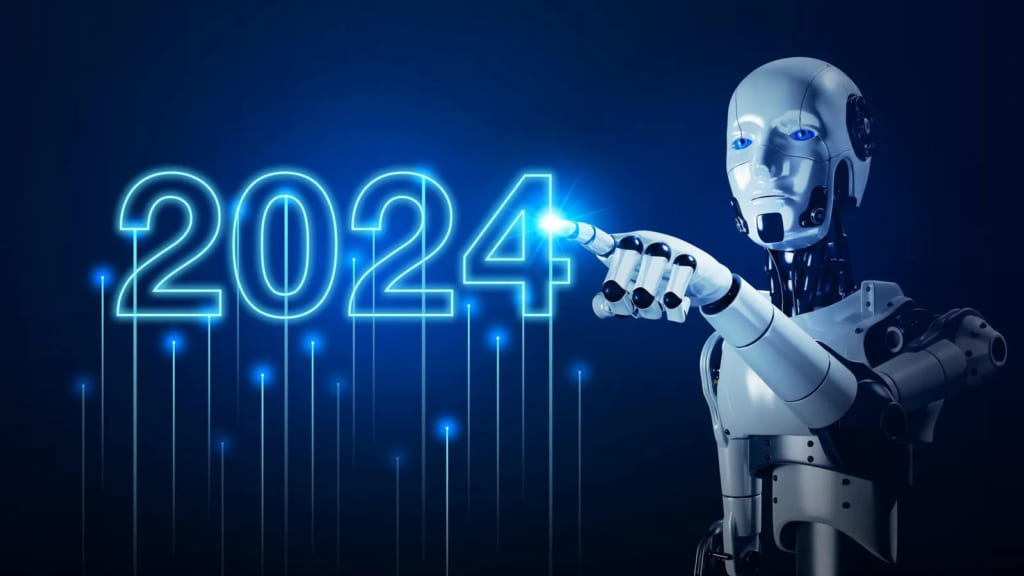
In 2023, we witnessed the strong impact of Artificial Intelligence (AI) on all fields and industries in life. The outstanding advancement of technology in the new era has contributed significantly to simplify many tasks or heavy processing that humans had difficulty handling in the past.
In the future, AI will continue to develop and make new advancements to help human life. To reduce our surprise and novelty, individuals, organizations, or businesses need to grasp future predictions about AI development trends that may appear in 2024.
Neural Network is a method in the field of AI, used to support computer data processing inspired by the human brain. This is a type of Deep Learning process, using nodes or neurons connected to each other in a layered structure similar to the human brain. This method creates an adaptable system that computers use to learn from their mistakes and continually improve. Therefore, Artificial Neural Networks aim to solve complex problems, such as summarizing documents or recognizing faces with higher accuracy.
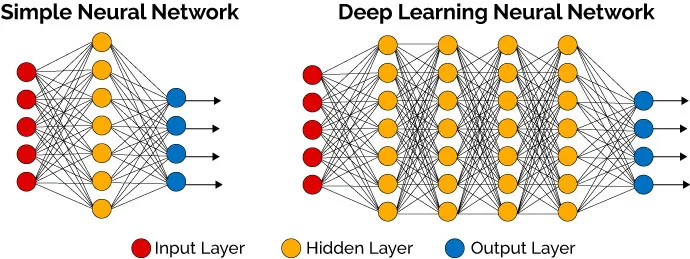
Artificial Neural Networks are modeled after the human brain. It analyzes complex data, performs operations, seeks patterns, and uses the collected information to make predictions and classifications. Like the human brain, Artificial Neural Networks have a basic functional unit called a neuron. These neurons, also known as nodes, transmit information in the network.
Deep learning and Neural Networks are two important methods in the field of Artificial Intelligence. New research will focus on improving the performance and accuracy of deep learning models and enhancing the automatic learning ability of neuron networks.
ChatGPT and GPT-3 are among the applications of Neural Networks and Deep Learning.
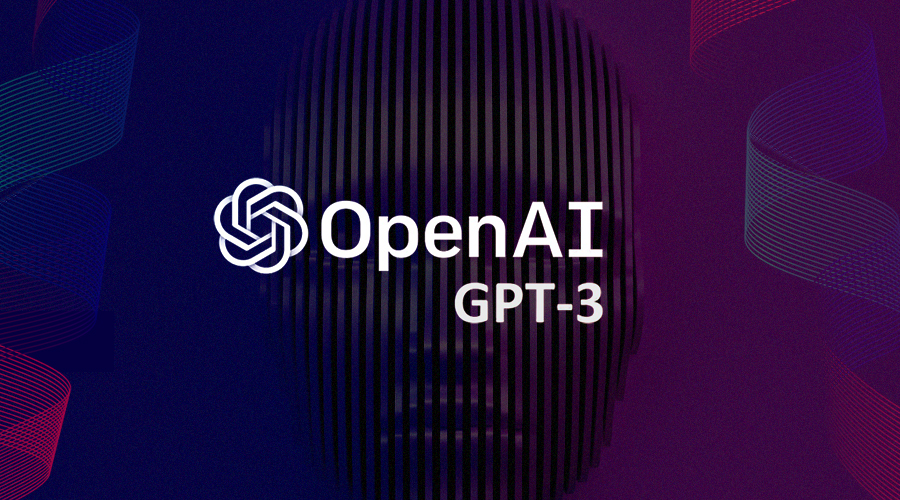
ChatGPT and GPT-3 are currently hotly debated topics. These AI chat support software have been announced to be capable of achieving authentic human-like conversations and more.
In case users are not familiar with these Chatbots, they far surpass ordinary Chatbots in customer support situations. Users can request GPT to write code, draw pictures, or speculate on a specific topic, after a few seconds, this Chatbot uses a large amount of information to provide the most appropriate answer.
Al Exploitability is a newly emerging field in machine learning aimed at explaining the decisions of AI systems, abbreviated as XAI.
XAI examines and attempts to understand the steps, as well as the model related to decision making. Therefore, XAI is expected to help answer questions such as: Why did the AI system make such predictions or decisions? Why didn’t AI do differently? When do AI systems succeed and fail? When can you trust AI and how can AI systems fix errors?
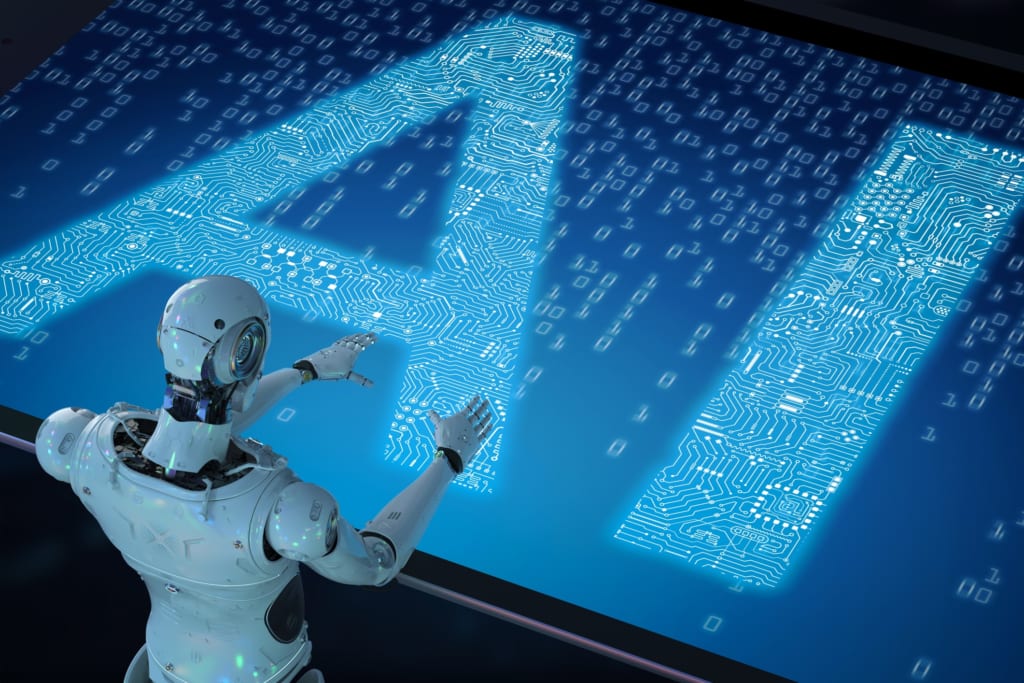
XAI is a set of tools and techniques that organizations use to help people understand why a model makes certain decisions and how the model operates. XAI is:
A notable issue in XAI is the ability to explain the decisions of the AI system. In the future, the need to explain and understand the operation of AI will be paramount, especially in fields such as healthcare and finance where transparency and risk reduction are crucial.
GMO – Z.com RUNSYSTEM – Top AI development companies in Vietnam
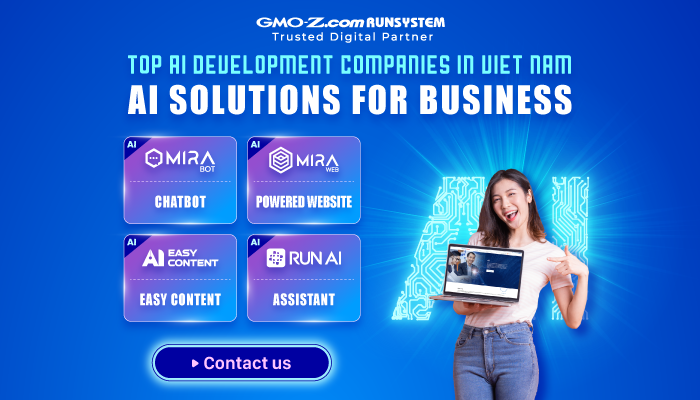
AI is the combination of many data mining technologies, algorithms, and computational capabilities. The development of AI relies on two “backbones”: outstanding advances in computational capabilities as well as the increasing volume of data. It can be said, AI is also one of the most important applications in data-driven economies. We are also at a point where it can be affirmed that economic growth and social development will increasingly rely on the values generated by data. Currently, the majority of the data being stored and used is consumer-related data. However, experts predict that in the near future, data will become more abundant, and much of it will come from industries, businesses, as well as in the public sector.
Data is the key factor in AI, and reusing existing data will become an important trend in 2024. Companies and organizations will store, classify, and utilize data for reuse and to create new value through AI models and applications.
Artificial Intelligence (AI) communication is technology that enables software to understand and respond to human conversations through speech or text. Traditionally, interaction between humans and software is limited to pre-programmed input, where users enter or speak predefined commands. AI communication goes beyond that. It can recognize various types of input through speech and text, mimic human interaction, understand and respond to queries in multiple languages. Organizations use AI communication for various use cases in customer support activities, so the software responds to customer queries in a personalized manner.
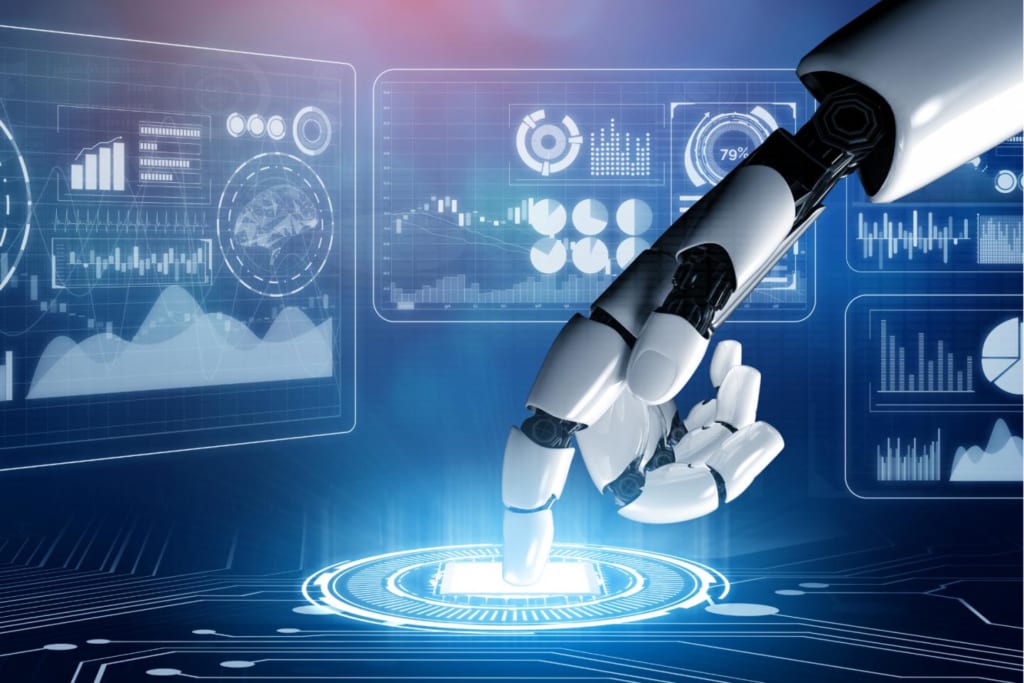
The development of AI in speech recognition, natural language, and human-machine interaction will continue to open up new possibilities for AI in communication and interaction. Automatic speech technology and chatbots will become smarter and provide better interactive experiences for users.
AI communication chatbots can provide 24/7 support and immediately respond to users – a modern service that is preferred and expected from all online systems. Instant feedback not only increases customer satisfaction but also increases the frequency of interactions with the brand.
Furthermore, users can integrate past interaction data with AI communication to create personalized experiences. For example, AI communication can make recommendations based on past customer transactions or search inputs.
Edge AI involves deploying AI applications in physical devices worldwide. It is called “Edge AI” because AI computation is performed close to the users, at the network edge, near the data location, instead of being centralized in cloud computing or dedicated data centers. AI algorithms are processed locally, directly on the device or on servers near the device. The algorithms use data generated by the device itself. Devices can make independent decisions in just a few milliseconds without the need to connect to the Internet or the cloud. Edge AI has virtually unlimited potential use cases, from smartwatches to production lines, from logistics to smart buildings and cities.
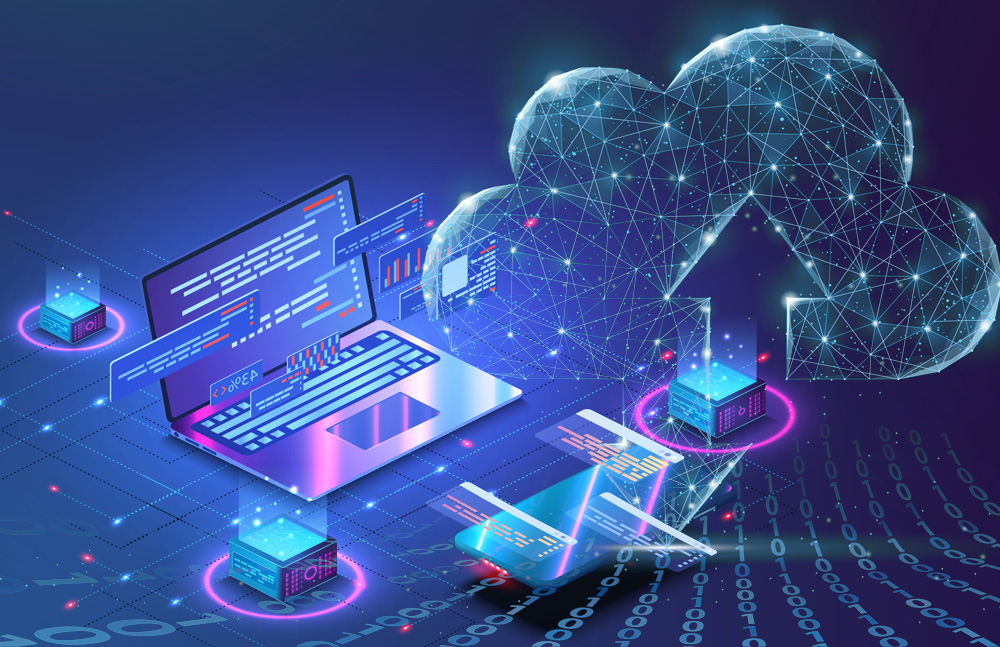
Since the Internet has global reach, the network boundary can encompass any location, such as retail stores, factories, hospitals, or devices around us, such as traffic lights, vending machines, and phones.
Meanwhile, Edge Computing brings computing and storage closer to data generation sites with low latency processing needs and bandwidth savings.
The origin of Edge Computing is CDN – content delivery networks created in the late 90s to distribute web and video content from servers closest to end users. These networks later evolved to store applications and application components at the edge servers, creating the first edge computing services such as real-time data aggregation.
With the development of Edge Computing – processing data directly at the source, AI will also be deployed on mobile devices. This helps enhance the strength and processing speed of AI in mobile and IoT applications, while minimizing dependence on internet connectivity and cloud-based models.
Currently, many people still express concerns about the future of artificial intelligence (AI) and its ability to surpass human capabilities. Or there are concerns that AI could lead to numerous changes in the labor market and warnings about the risk of job loss for many people. Whether AI will truly replace us humans in the future remains unknown, however, anticipating early forecasts of AI development trends opens up a new direction for individuals, organizations, and businesses in applying and developing their careers.



